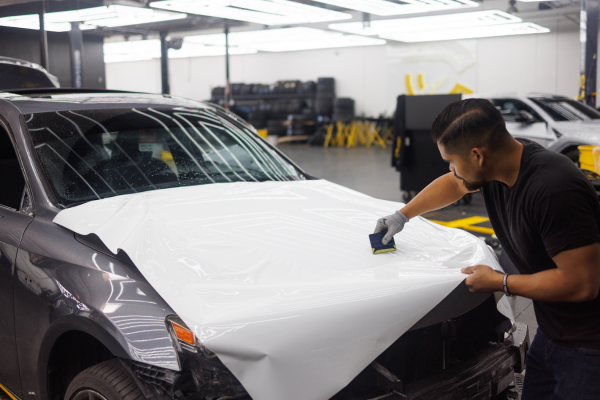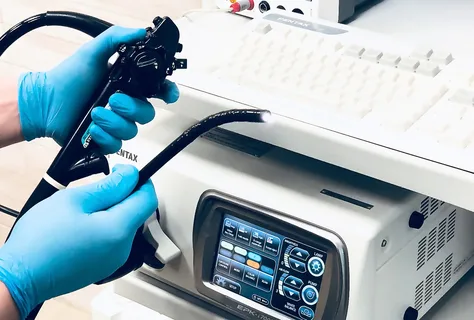Paint Protection Film (PPF) is one of the most effective ways to preserve your vehicle’s finish. It provides a nearly invisible layer of protection that guards against scratches, chips, and environmental damage. But what if your car isn’t brand new? Can PPF still be applied to a vehicle with older or already worn paint?
The short answer: Yes, but with important caveats.
This article explores whether applying PPF over old paint is worth it — the risks, benefits, and what every car owner should know before proceeding.
Understanding the Condition of “Old Paint”
When we talk about old paint, we’re usually referring to paint that:
- Has faded or oxidized due to sun exposure
- Contains surface scratches or swirl marks
- Has undergone prior repairs or touch-ups
- May have peeling clear coat or minor imperfections
Before applying PPF, it’s crucial to assess the condition of the paintwork. Unlike wax or ceramic coating, which can be applied to most surfaces, PPF needs a clean, smooth base to adhere to properly.
When PPF Can Be Applied to Old Paint (and Make a Big Difference)
If your paint is still in decent condition — meaning no peeling clear coat or rust — PPF can be a great choice. Here’s how:
Table of Contents
1. It Prevents Further Wear and Tear
Once paint begins showing its age, UV exposure, bird droppings, and road debris accelerate deterioration. Applying PPF can stop this progression by creating a barrier that blocks harmful elements.
2. It Preserves After a Paint Correction
If your car has minor defects, a professional paint correction (polishing and restoration) can bring back its shine. Applying PPF afterward “locks in” the corrected surface and keeps it looking better for longer.
3. It Enhances Value During Restoration
For enthusiasts restoring classic or rare cars, PPF can help preserve that investment — even if the vehicle has been resprayed or partially repaired.
When PPF Over Old Paint Is NOT Recommended
PPF is not a fix for poor paint. It magnifies imperfections and struggles to adhere to damaged or flaking surfaces. Avoid applying PPF if:
- Paint is chipping or flaking
The film will not adhere properly and may start lifting at the edges, especially over time or in heat. - There is rust
PPF can trap moisture against rusted metal, accelerating the corrosion process. - Surface is rough or heavily oxidized
Without paint correction, oxidized paint leads to poor bonding and a cloudy, uneven appearance under the film.
Prepping Old Paint for PPF: What You Need to Do First
If you’re seriously considering applying PPF to a vehicle with older paint, take the following steps:
- Get a paint inspection from a professional
They’ll determine whether your paint can handle PPF or needs repair first. - Invest in a full paint correction
This involves machine polishing to remove swirls, oxidation, and minor scratches, giving the PPF a better base to stick to. - Fix any clear coat failure
Areas with peeling or bubbling must be repainted or restored before applying film.
Is It Worth It?
Yes — if the base paint is in good enough condition, applying PPF over older paint can be an excellent move. It helps maintain what you have, extend the life of the finish, and reduce the need for future paintwork.
But remember, PPF is a protective product — not a repair product. If your car’s paint needs restoration, don’t skip that step. Applying PPF over a flawed surface only locks in those flaws.
Final Thoughts
Paint Protection Film is a powerful solution for preserving your vehicle’s finish — even if it’s not brand new. With proper preparation, it can extend the lifespan of aging paint and help maintain your car’s appearance for years to come.
In Orlando’s intense climate, protection is even more essential. Sun, heat, and road debris take a daily toll on your vehicle’s exterior. For optimal results, consult with a trusted professional before applying PPF to an older vehicle.
If you’re in the Orlando area and considering high-quality PPF installation, Turbo Tint Orlando offers expert guidance, proper surface preparation, and advanced protective films designed to handle Florida’s harsh environment.





